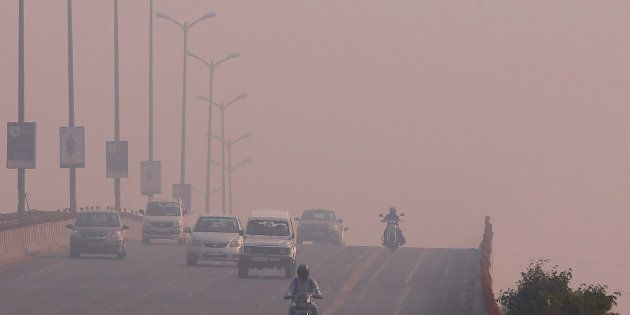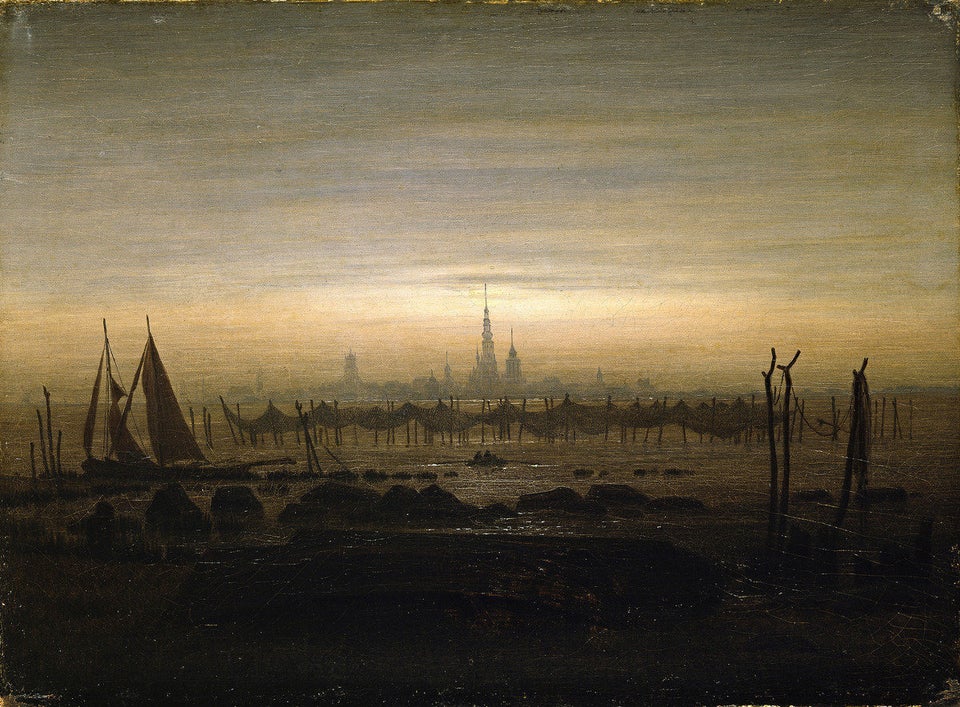
NEW DELHI-- The national capital is facing the worst smog in 17 years, a green body said today while asking the Delhi government to issue health alerts and convey that children should stay indoors as there is a state of health emergency due to peaking air pollution.
As visibility remained poor and the city choked due to a haze, the Centre for Science and Environment (CSE) asked the Delhi government to roll out stringent plans for controlling winter pollution from all sources of pollutants and issue daily health advisory to the people.
"This demands emergency response to protect the vulnerable ?- those who are suffering from respiratory and heart diseases and children.
"The government should aggressively inform all and advise them to stay indoors and avoid outdoor exercises. At the same time, it should roll out stringent winter pollution control for all sources along with emergency action," said Anumita Roychowdhury, head of CSEs air pollution and sustainable mobility teams.
CSE said that according to the Indian Meteorological Department, this is the worst smog with very poor visibility in 17 years and the Indira Gandhi International Airport recorded the worst levels of smog in 17 years on November 2, with visibility as low as 300-400 metres.
It said the analysis of data from the Delhi Pollution Control Committee shows that the levels of PM2.5 have increased by 62.7 per cent on November 2 as compared to that on Diwali (October 30) and the levels were 9.4 times the standard on November 2.
Similarly on the night of November 1, PM2.5 concentration had hit 548 microgramme per cubic metre (cum) -- nine times the standard, while the following day, PM2.5 concentration increased to 696.25 microgramme per cum -- 11.6 times the standard.
According to air quality monitoring network SAFAR, PM2.5 levels are in severe category and are expected to remain in this category for more than three days, it said.
"Delhi needs strong action to protect people from such deadly exposure. Immediately step up action and put out hard health evidences and heath alerts in the public domain to sensitise people about the harmful effects of smog and push action.
"Delhi needs an effective winter pollution mitigation plan that can make a difference. Without strong action smog is only expected to get worse this winter at serious public health costs," Roychowdhury said.
Also see on HuffPost:
